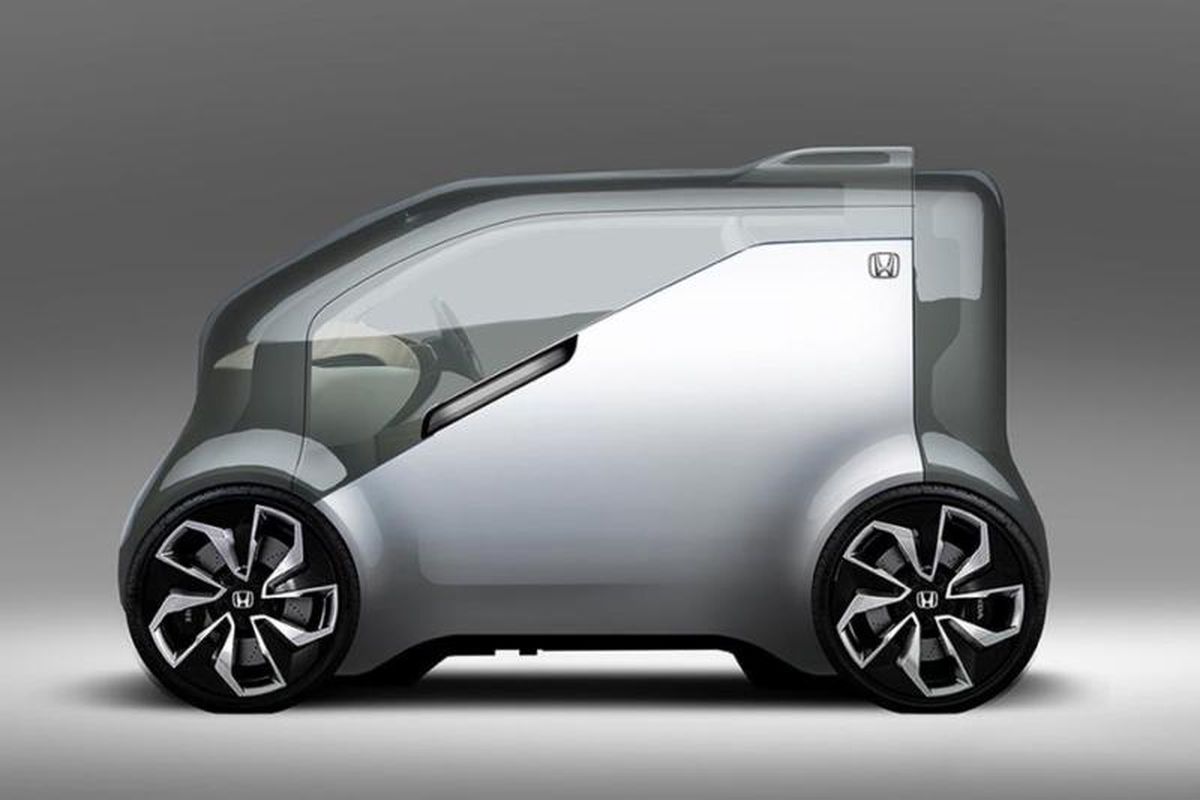It was very interesting listening to Ben Todd, the Founder & CEO of 80000 hours, describing the support they gave to people at the beginning of their careers. But what about us who are moving towards the end of our career?
80000 hours[1] provides an ethical careers service whose aim is “ … to help people tackle the world’s biggest and most neglected problems, and our advice is aimed at people who have the good fortune to be able to make that their focus, as well as the security to change path. Due to our limited capacity, some of our advice focuses on a narrow range of paths, and is especially aimed at talented college students and graduates aged 18-30, though many of the ideas we cover are relevant to everyone.”
80000 hours approach in finding the neglected problems has three elements: find a problem that is great in scale, area of that problem that is neglected, and one that can be solved. They quantify as much as possible so that it can guide their career advice and support. There are many large scale problems ranging from climate change through to poverty where people who are starting their careers can make a difference. But what about those of us who have burned through more hours than we can count on our careers - can we still make a difference?
For most of us who are at the end of our careers we can look back over a wide range of training and experience. In amongst the different threads that have made up our career there is formal education including further education. Then there is training gained during our working life on a wide variety of subjects. We will have developed a vast number of networks of friends and acquaintances who can help in whatever next step that we would like to take. Add on top of all of this is ‘life experience’ gained through career setbacks, moving jobs and most importantly bringing up a family.
Of course as we move towards the end of our careers it is time to explore the areas that we didn’t have time to during our working lives. There may not be many hours that we are willing to use on ‘making a difference’. But with the hours invested in our careers we will have gained a lot of knowledge about how to be effective. Using the criteria that 80000 hours use and a bit of searching on the web and using our contacts, then neglected but solvable problems can be found. We can get involved with the problem at different levels whether it is donating money, mentoring those who are working in the area or rolling up our sleeves and getting involved. If nobody is working on the neglected area then with our skills and experience it could result in starting a campaign, or even a company, to solve the problem.
80000 hours offers a great service and if I was starting out on my career I would certainly get in contact. But for us that have used up our 80000 hours but still want to make a difference then we need to apply ourselves differently. We have to be like a Judo expert where they take all their skill and experience to pin point their opponents weakness and with a slight move they send them crashing to the floor! In a similar way we have to use our background to target the most effective solution to have the greatest impact on an important problem. Then give it a go!
[1] The number - 80000 hours - used as the name of the company is arrived at by assuming that a person works for 40 hours per week and 50 weeks per year for 40 years.








